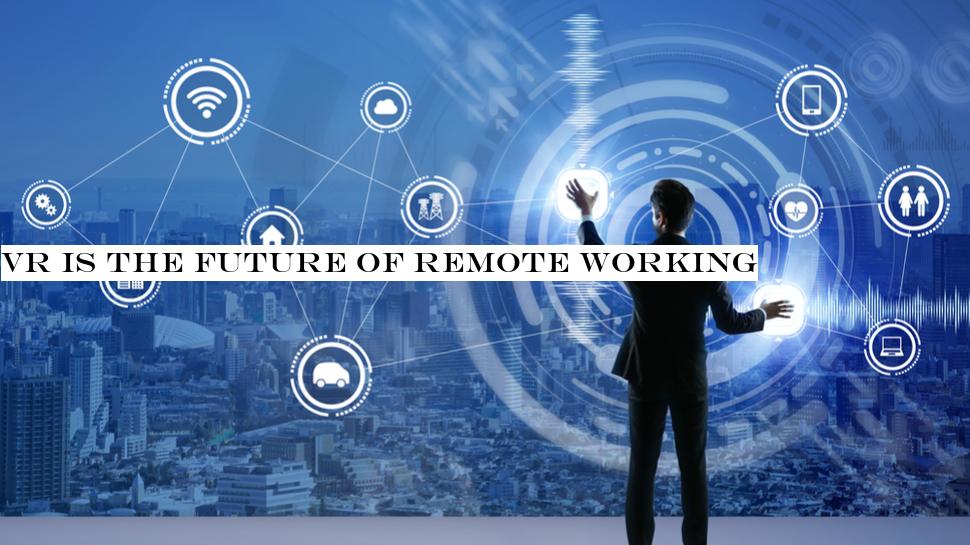INSUBCONTINENT EXCLUSIVE:
While they are ideal for video chats, when a bunch of talking heads all join together in a virtual environment the interaction is
Video conferencing offers about 10% the value of an actual in-person meeting -- an issue that becomes obvious the more you do them.Virtual
reality could change that -- and quickly
By creating a virtual location to explore, handing each other documents, working on a project that involves virtual tools or holding up a
prototype, walking around a new building and inspecting the design, or interacting in other ways, VR could be the one thing that makes
remote work and stay-at-home office interactions more bearable.How it will all workRight now, we know that VR is mostly an experience you
business meeting or look at building floor-plans.That could change this year.Imagine this scenario
Your company consists of about 20 employees
Due to nationwide stay-at-home orders related to the coronavirus pandemic, none of you can meet together in an office.With VR, you decide to
meet together anyway -- virtually
In what looks like an exact replica of the conference room you normally use, everyone appears to be sitting at a table
You see Sue in Accounting over to your left
Bob in Sales is fiddling with his phone, just as you remember
This type of VR is not available quite yet, but it is more than possible -- a translation of what we are doing in real life presented in a
virtual world that looks ultra-realistic.The boss walks in and stands at a virtual podium
Now, in a Zoom or Skype call it would not be that different from every other talking head
In VR, you know this is the person who is leading the meeting based on the appearance, positioning at the table, and a commanding voice
example of VR in an office setting, and it is remarkably possible
VR headsets for business are already available for this, and there have been demonstrations of how this would work
It has not become common because of the cost for headsets, but mostly because office workers have not needed to meet in VR -- they can do
you are a manufacturing company
This is not possible today with modern technology, but if a plant was outfitted with bots that could operate independently, workers could
use VR to inspect the machinery, meet to discuss the product specs, and even shoot the breeze over coffee while the machines run in the
As humans, we need to see and touch an environment -- we respond to it differently.In a game world, we jump back in shock when a bad guy
appears out of nowhere or when a spaceship descends onto a landing pad
that look ultra-realistic
Pouring over the data, we might see where there are inconsistencies in the budget for one department
Somehow, this is more likely when we can recreate a real-world setting, sit in a chair, look someone in the eye, and interact.The question
is how to make it happen as a way to help remote workers if the pandemic does last longer than any of us expect
There are quite a few hurdles, and most of them are software related
This includes creating the environment, the representations of real humans, and the real interactions we will need
It is all going to be worth it if the pandemic lasts a year or more.Expanding the scope of VR will require new ways of thinking
A virtual meeting place, a manufacturing plant, or even an outdoor location will be hard to create, but the benefit is that it will open our
eyes to new possibilities and new interactions, and potentially lead to improved productivity
Humans need to be able to see, touch, feel -- interact
We were not made to sit at a desk and use Zoom
As valuable as video chats are right now, they do not replicate what meeting in person is actually like
With VR, we have a chance to make remote work more like real work.

